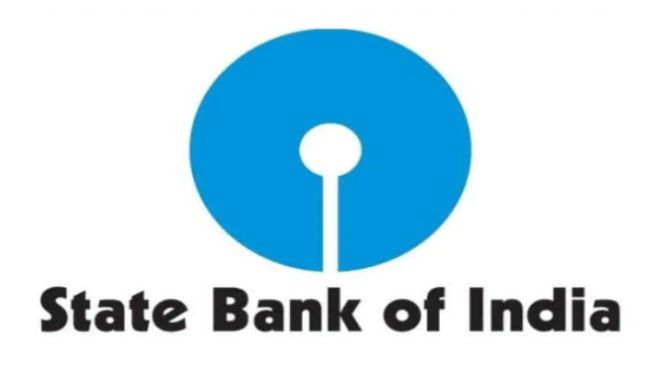The MCLR is used as the benchmark rate for many types of loans, such as home loans, car loans, and personal loans. When a bank sets the interest rate on a loan, it will typically add a spread to the MCLR. The spread is a margin that the bank earns on the loan.
Read More:-Gold and silver prices on July 15: Check latest rates for your city
New Delhi: The State Bank of India (SBI) has raised its marginal cost of funds-based lending rate (MCLR) by 5 basis points, effective July 15. This means that the MCLR-based rates will now range between 8% and 8.75%. The MCLR is the base rate at which banks lend to their customers. The hike in MCLR will lead to an increase in the interest rates on loans such as home loans, car loans, and personal loans.
So, if you have a loan with SBI, you can expect your monthly EMIs to go up. And if you’re thinking about taking out a loan, you may want to reconsider, as interest rates are likely to continue to rise.
SBI Rate Hike: Check New Rates
The overnight MCLR rate has been raised from 7.90% to 8%, while the one-month and three-month MCLR rates have been raised from 8.10% to 8.15%. The six-month MCLR rate has been raised from 8.40% to 8.45%. The one-year MCLR rate, which is linked to many consumer loans, has been raised from 8.50% to 8.55%. The two-year and three-year MCLR rates have been raised to 8.65% and 8.75%, respectively.
Decision After RBI Kept Repo Unchanged
SBI’s decision to raise lending rates comes after the RBI kept the repo rate unchanged at 6.50 percent. The repo rate is the rate at which the RBI lends short-term funds to commercial banks. By keeping the repo rate unchanged, the RBI signaled that it was not yet concerned about inflation. However, SBI’s decision to raise lending rates suggests that it is expecting inflation to rise in the near future.
What Is MCLR?
MCLR is the short form of Marginal Cost of Funds Based Lending Rate. It is the minimum interest rate below which a bank cannot lend to its customers. The MCLR is used as the benchmark rate for many types of loans, such as home loans, car loans, and personal loans. When a bank sets the interest rate on a loan, it will typically add a spread to the MCLR. The spread is a margin that the bank earns on the loan.
The MCLR is a floating rate, which means that it can change over time. The RBI can change the MCLR in response to changes in the economic environment, such as inflation and interest rates.





































